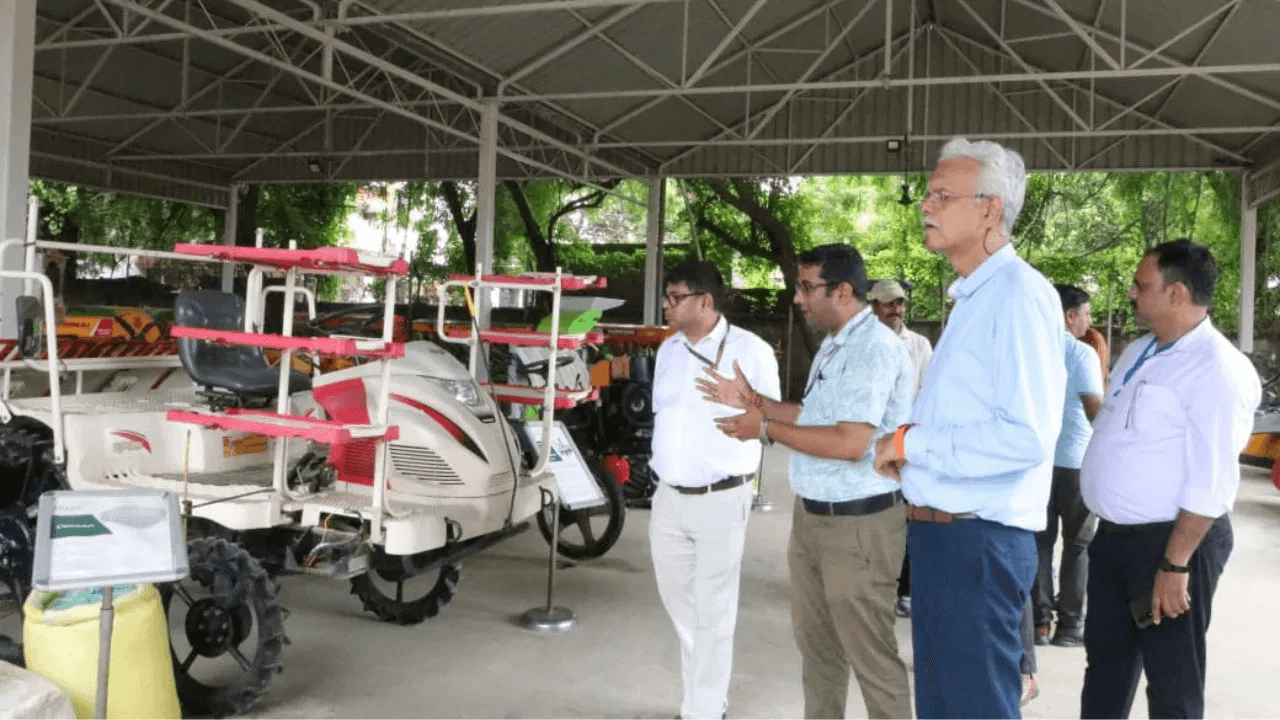Tags
Direct seeded rice fails to gain ground in Punjab
The state government has been able to bring only 1.72 lakh acres under direct seeding of rice, against its target of 5 lakh acres.

For the 2024 kharif season, Punjab plans to bring 7 lakh acres under the DSR method, for which the agriculture department will be launching awareness drives shortly, officials said. (HT File)
The Punjab government will have to amp up its efforts to promote the direct seeded rice (DSR) technique in the upcoming kharif season as it fell terribly short of its target in 2023.
Against its target of bringing five lakh acres under DSR in the year gone by, the state government could manage only 1.7 lakh acres (38%). This is even less than what it managed in 2022, when 2.12 lakh acres were brought under this environmentally sustainable method of paddy cultivation.
For the 2024 kharif season, the state agriculture department has proposed to bring 7 lakh acres under the DSR method, for which the agriculture department will be launching awareness drives shortly, officials said.
According to director agriculture Jaswant Singh, the shortfall in 2023 could be attributed to the July floods which washed away a major area of paddy sown using the DSR method.
“The season had begun on an encouraging note with farmers on around five lakh acres coming forward to adopt the DSR method. But July floods washed away a major chunk of paddy sown using the DSR method. As the fields were flooded, farmers were forced to re-sow the crop using the transplant method,” he said.
Why the push for DSR
Paddy cultivation by DSR method needs much less water than the conventional method of transplanting.
As per the commission for agricultural costs and prices (CACP), which fixes the minimum support price (MSP) for crops, particularly wheat and paddy, a kilogram of rice sown using conventional method guzzles 3,367 litres of water while by the DSR method, at least 20% of the total water usage is saved.
Besides, it comes with added benefits such as lesser crop residue and early maturing.
Early maturing varieties also serves an additional purpose – that of bringing down stubble burning cases as it provides a larger window before the onset of wheat sowing season. Short duration paddy varieties such as PR126, PR128 and PR131 are commonly used for DSR method.
₹19.72 cr disbursed to farmers in state
Fazilka (4,890 acres), Muktsar (4,588) and Bathinda (1,277 acres) were the top three districts in terms of adoption of DSR method in the state in 2023.
The agriculture department has disbursed a sum of ₹19.72 crore as an incentive of ₹1,500 per acre to farmers who adopted the DSR method. Around ₹6 crore is still to be paid. A total of 16,915 farmers are in the process of receiving the incentive.
https://www.hindustantimes.com/cities/chandigarh-news/direct-seeded-rice-fails-to-gain-ground-in-punjab-101707335189961.htmlPublished Date: February 8, 2024






